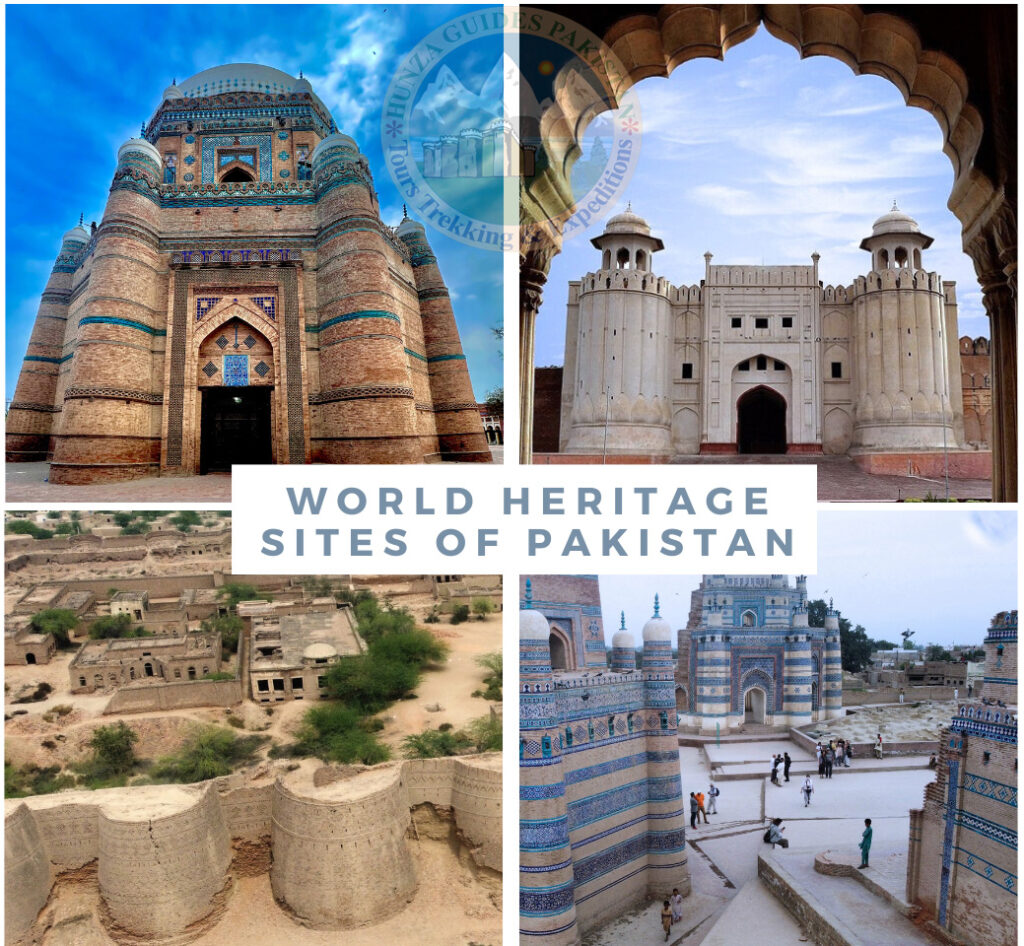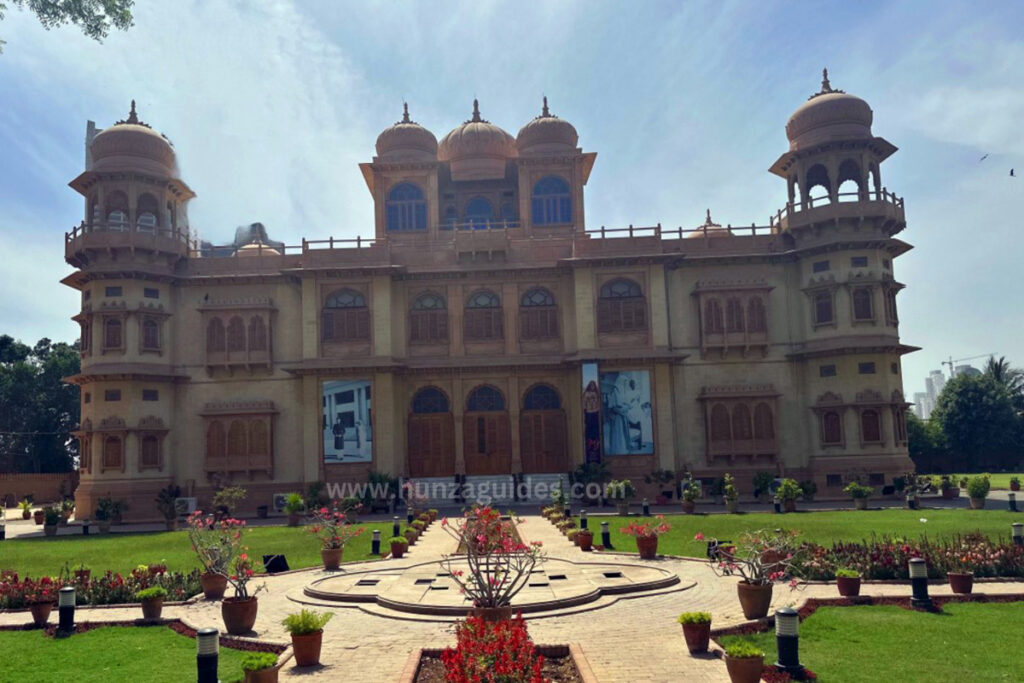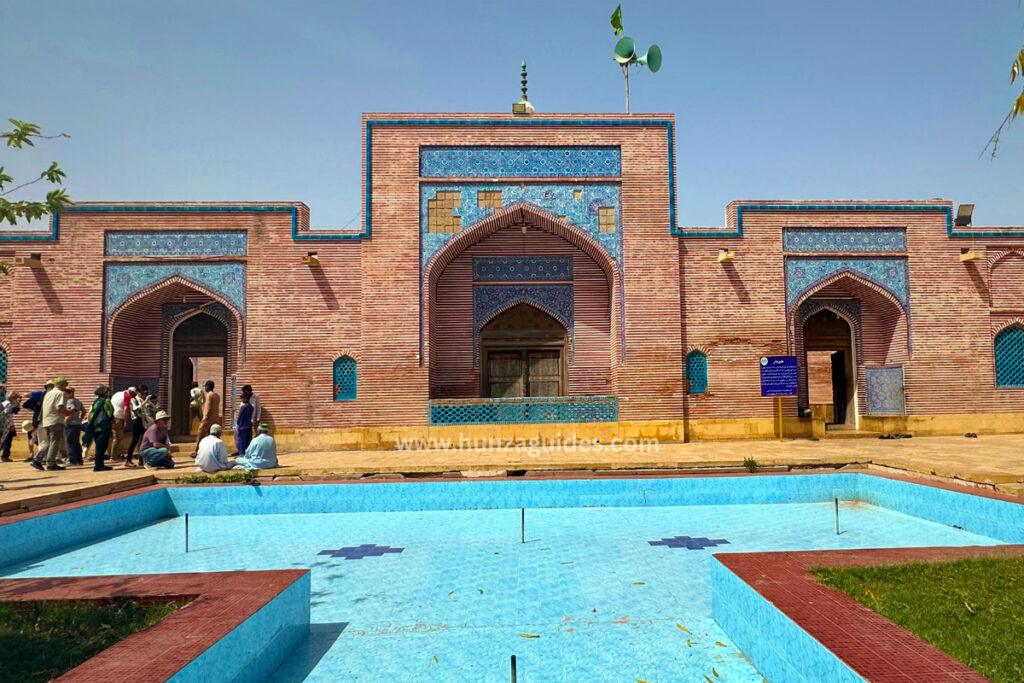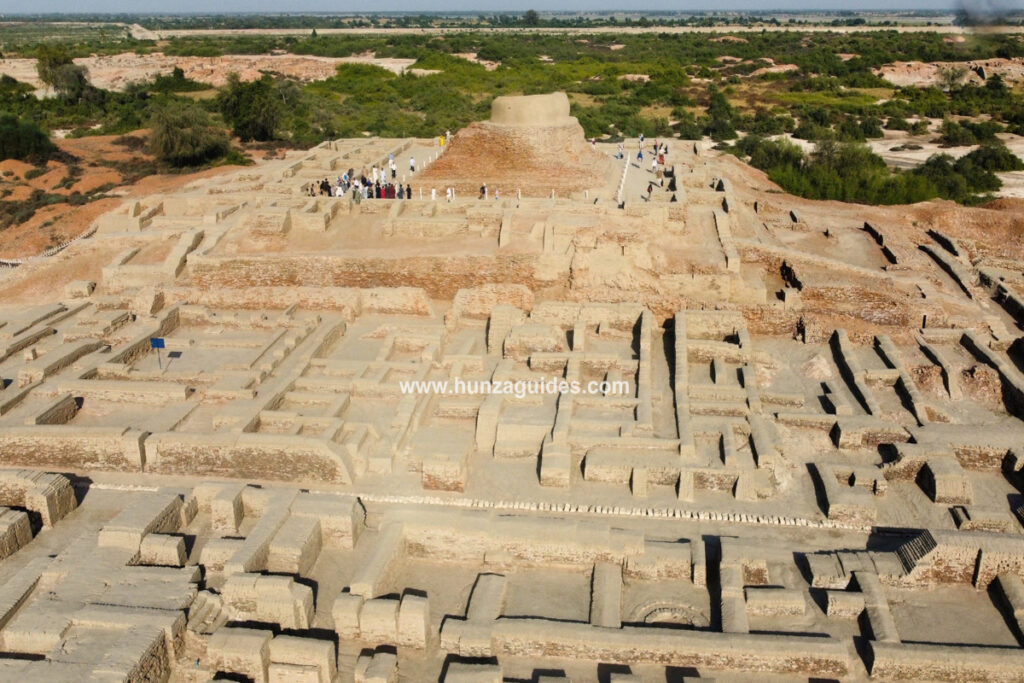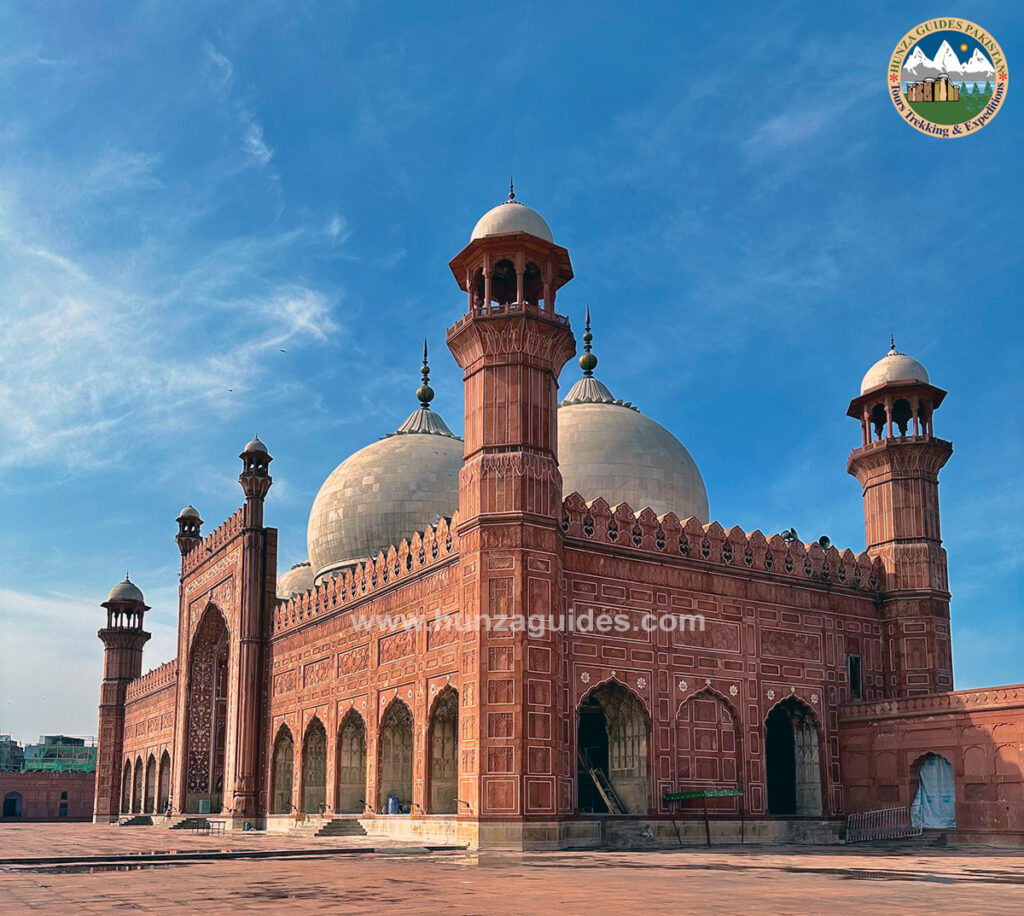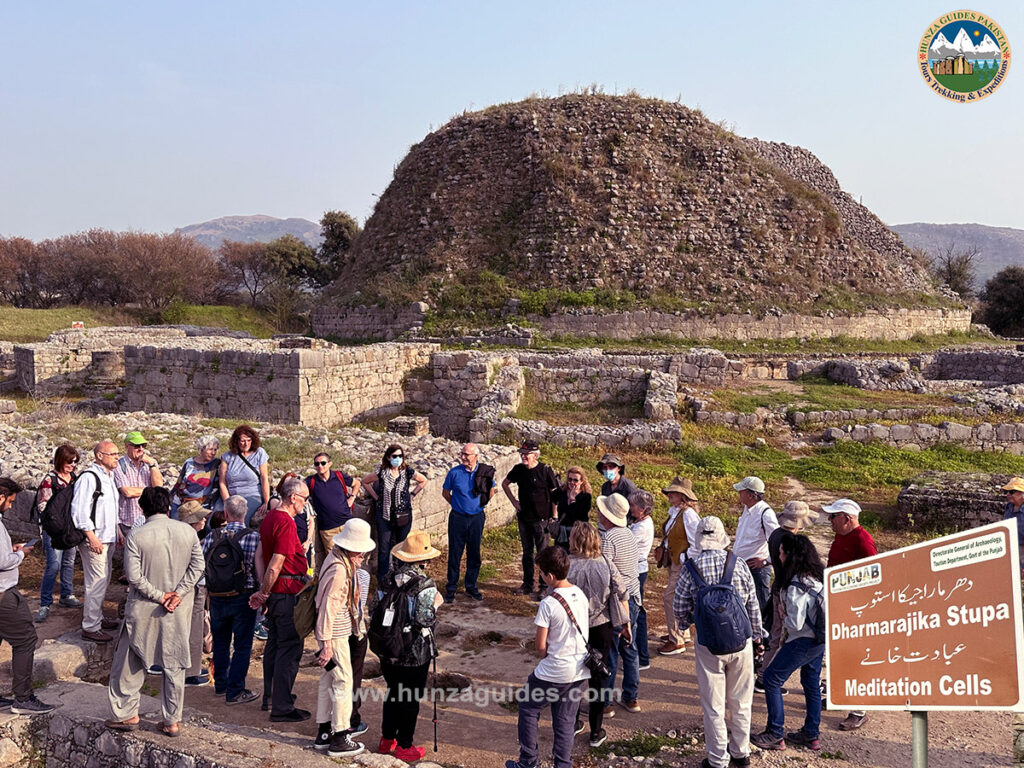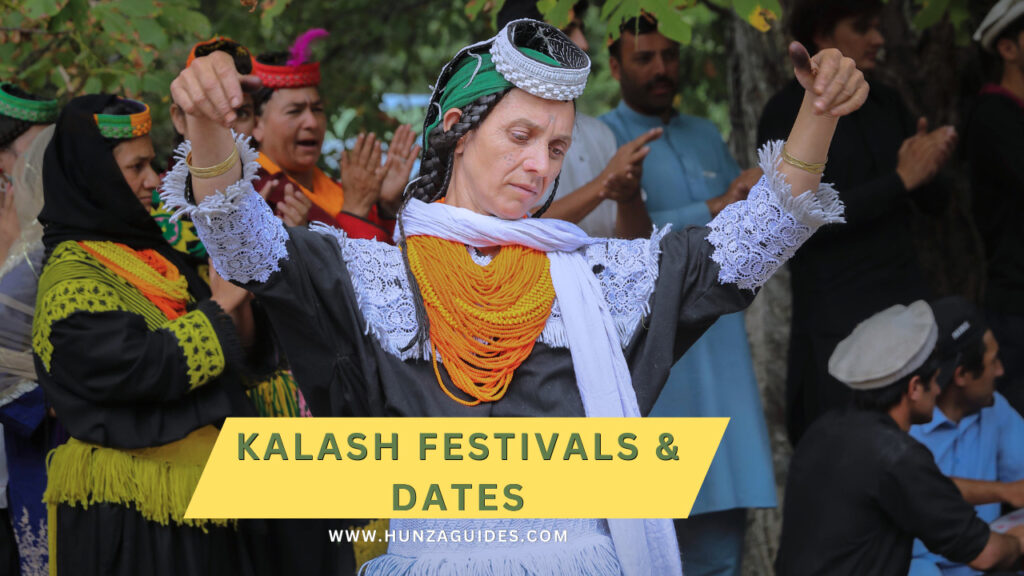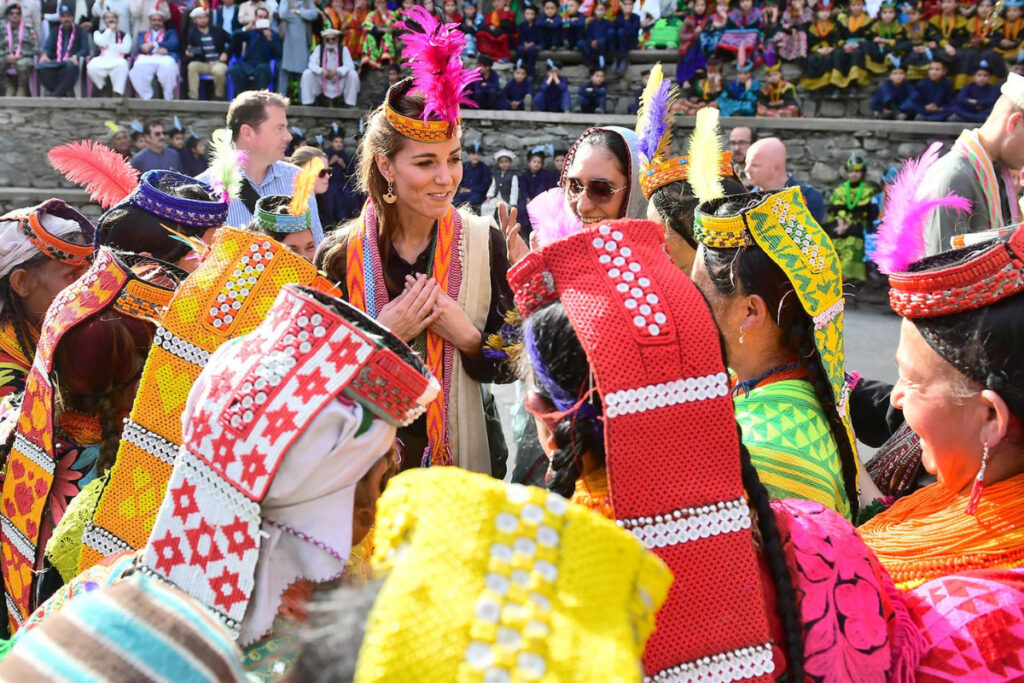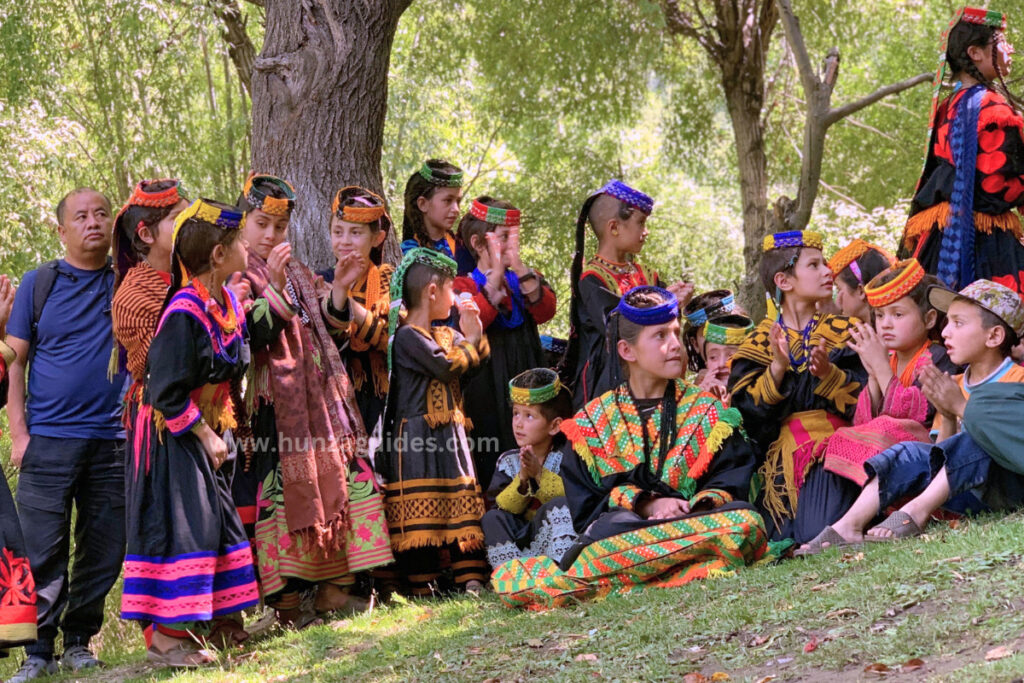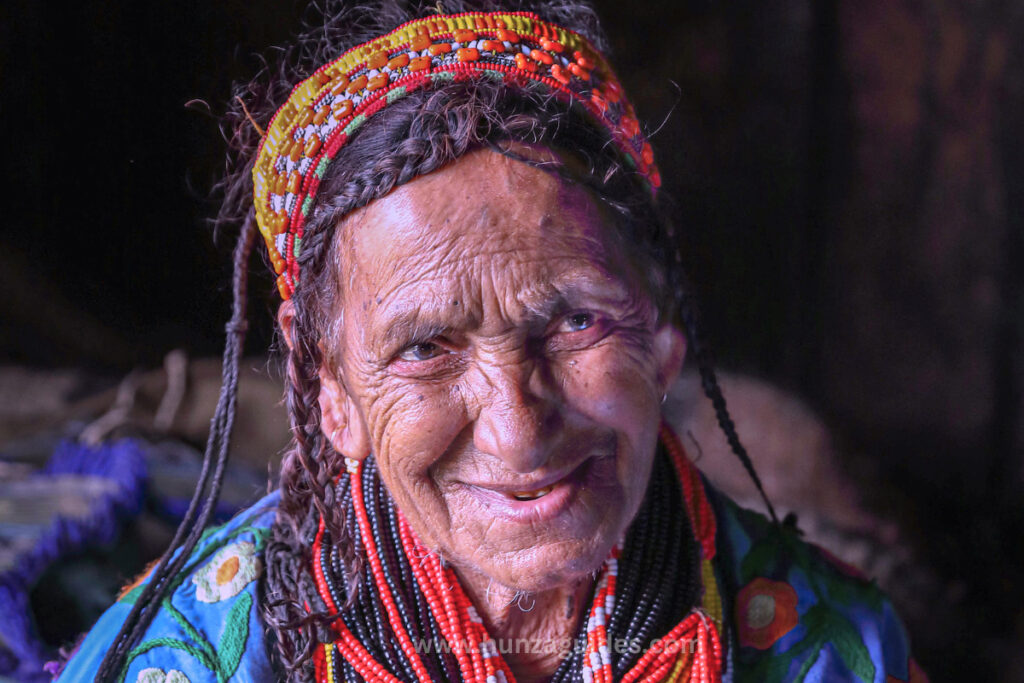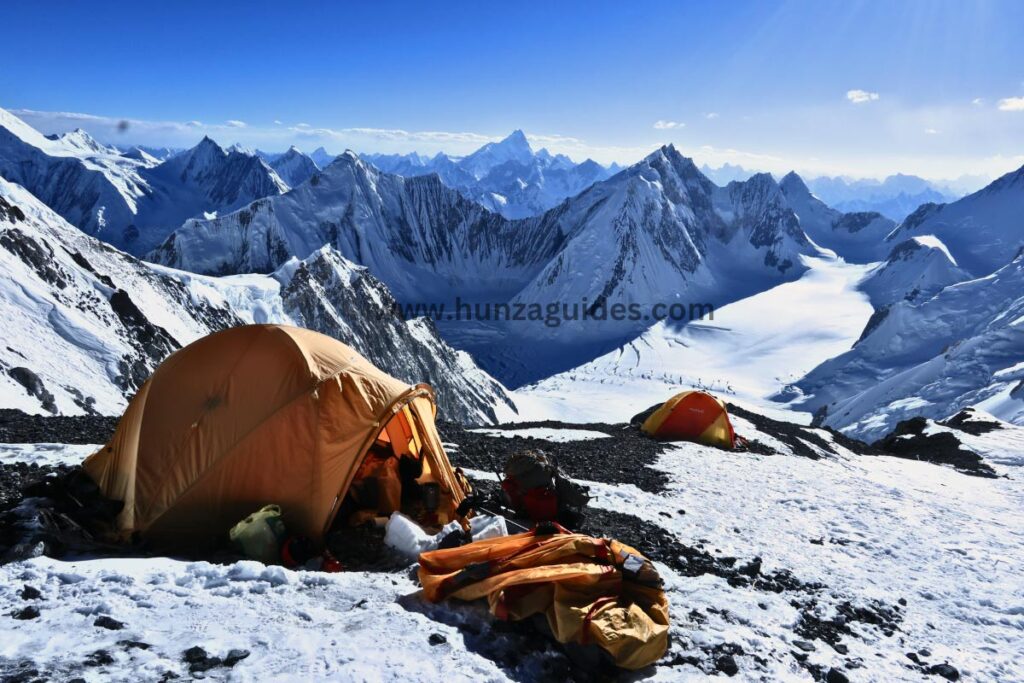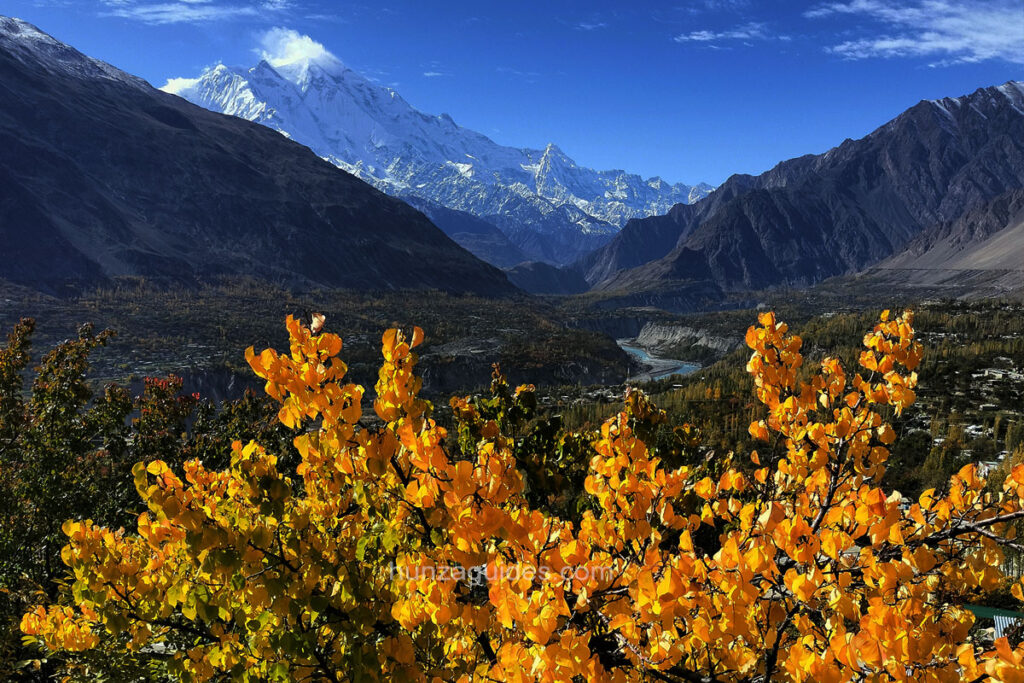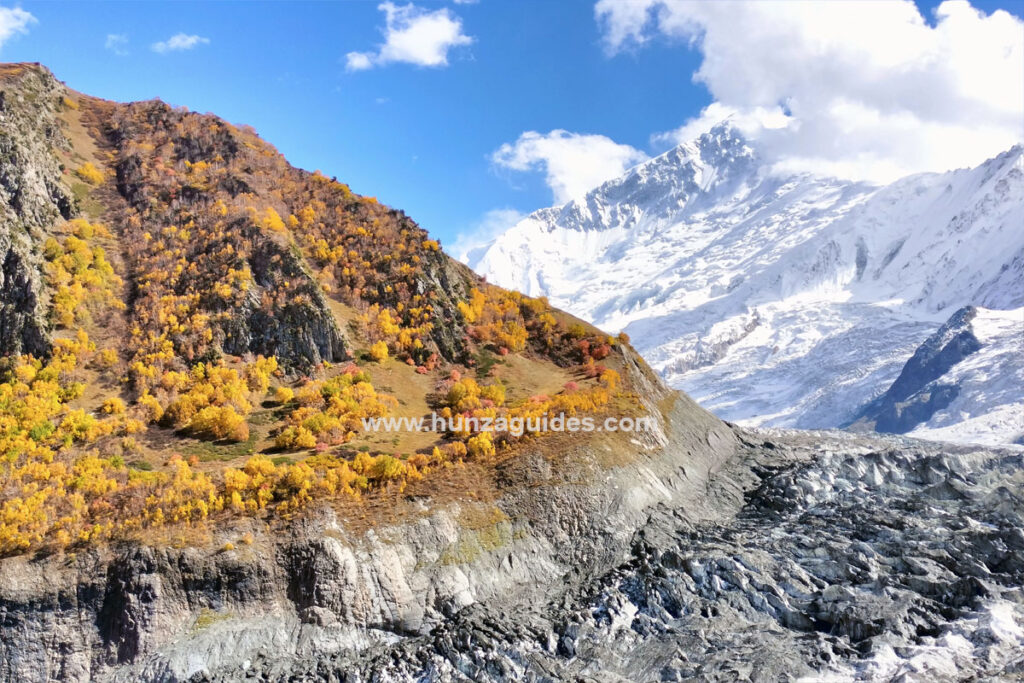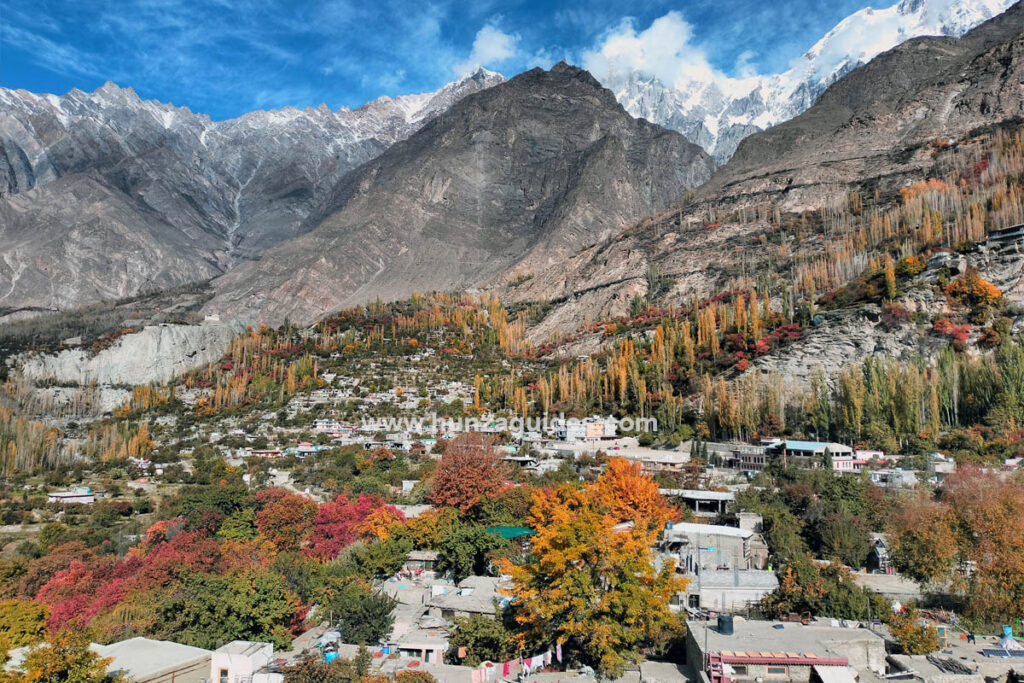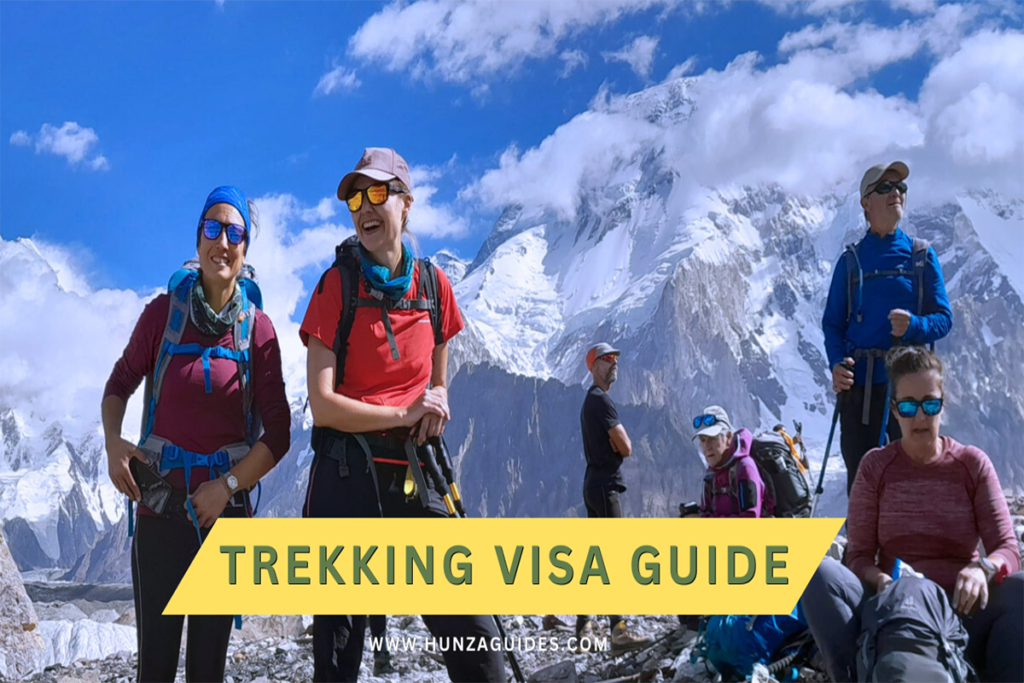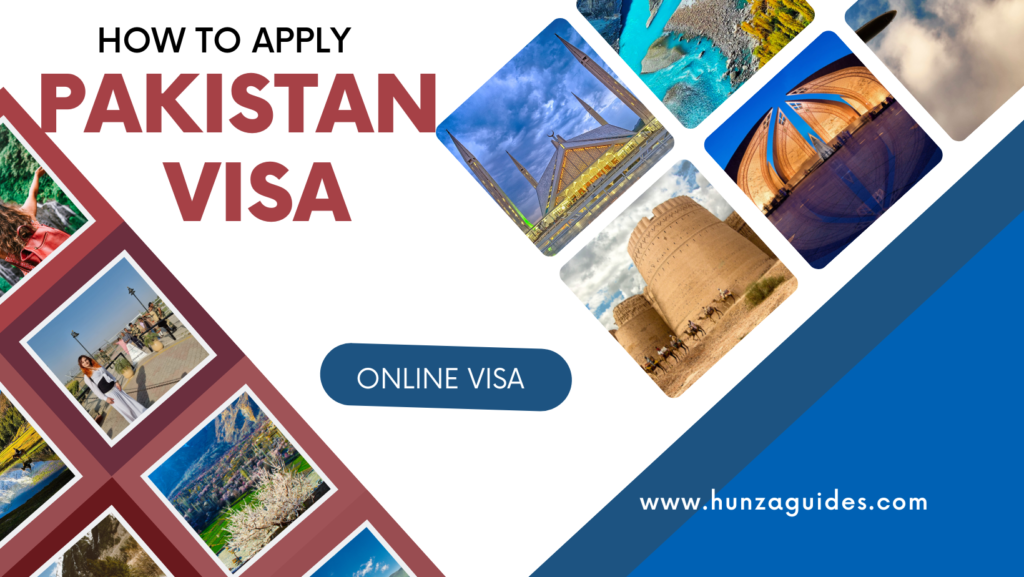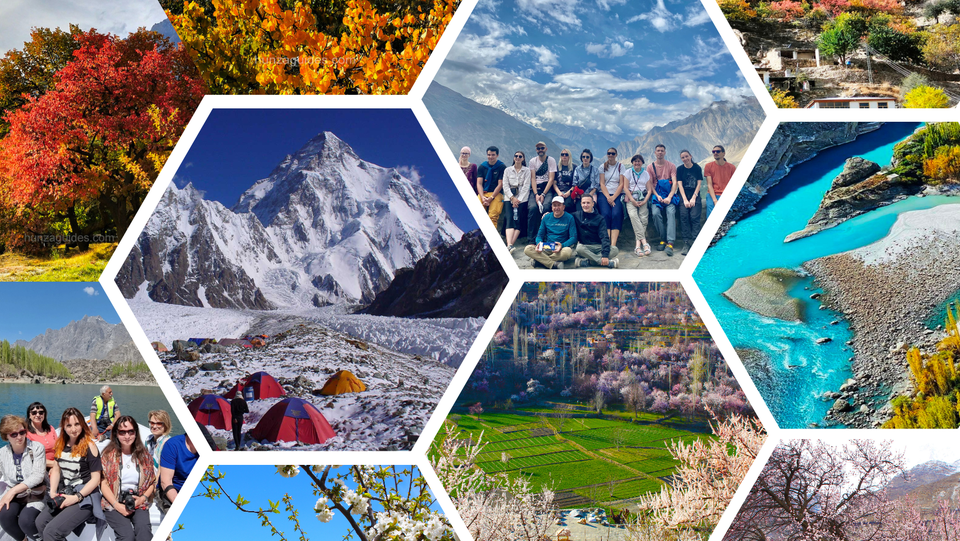Prepare for an unforgettable K2 Base Camp trek with Hunza Guides Pakistan. Discover essential packing tips and gear recommendations for a safe and enjoyable adventure through the Karakoram Mountains.
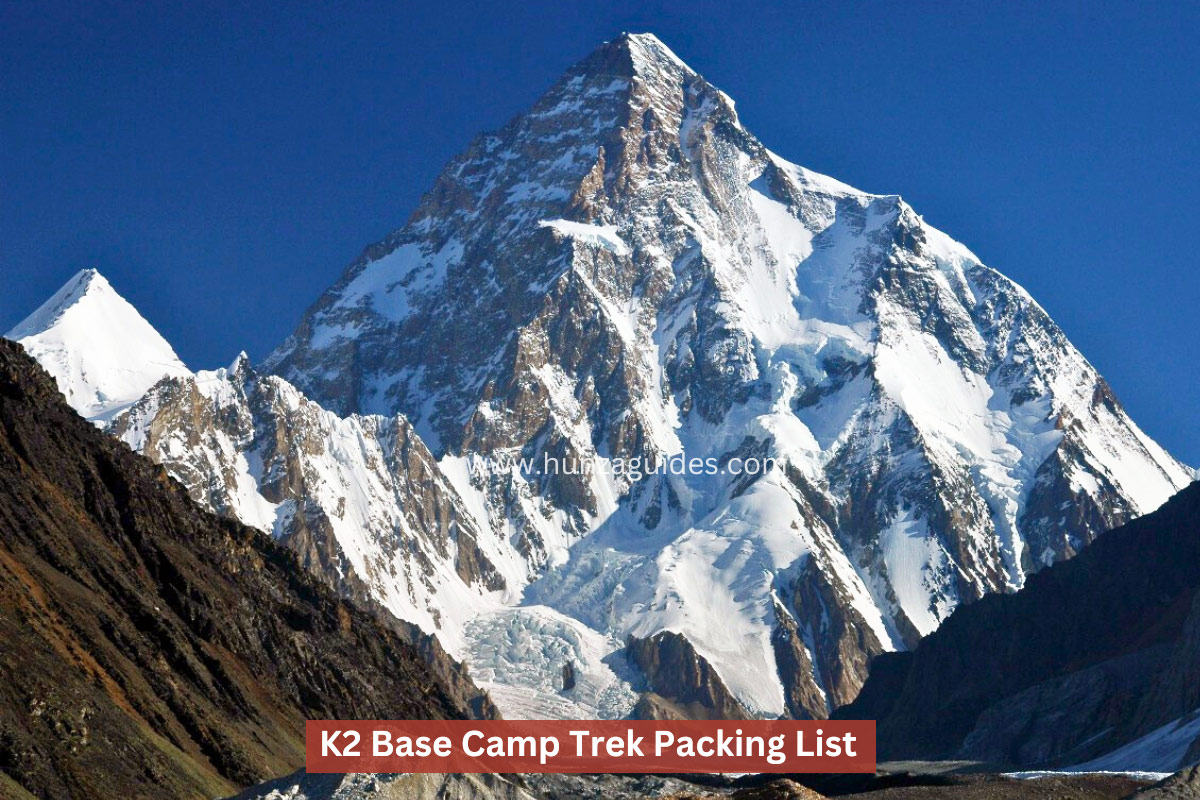
K2 Base Camp Trek Packing List: Essential Gear and Tips
Welcome to Hunza Guides Pakistan, your trusted companion for an unforgettable K2 Base Camp trek through the awe-inspiring Karakoram Mountains. As you gear up for this epic adventure, meticulous planning and the right equipment are essential for a safe and enjoyable experience. Let’s delve into the comprehensive K2 Base Camp packing list tailored to make your journey seamless and memorable.
Understanding Your Gear Organization
Proper gear organization is crucial for a successful K2 Base Camp trek, ensuring you have easy access to essential items and that non-essential items are efficiently transported. Your gear will be divided in two packs.
1. Day Pack
Your faithful companion on the trail, carrying essential items required during trek and each day you will carry. so only carry the essentials. It includes water, snacks, a camera, headlamp, poncho, extra layers, and sun creams.
2. Duffle Bag
Managed by our skilled porters, this bag transports non-essential belongings between campsites, ensuring you can focus solely on the adventure ahead. To streamline your trekking experience, it’s recommended to securely store any excess luggage at your Skardu hotel before embarking on your journey. Each morning, our dedicated porters will transfer your duffle bag to the next campsite, granting access only upon your arrival in the evening.
Comprehensive K2 Base Camp Packing List
Clothing Essentials
Prepare for the Karakoram’s diverse climates with a meticulously curated selection of clothing:
- Moisture-wicking T-shirts: Long and short-sleeved variants (3 each) to keep you comfortable and dry throughout the trek.
- Insulating Layers: Equip yourself with a heavy fleece or down jacket, a waterproof Gortex jacket with a hood, a windbreaker, and a rain poncho to combat varying weather conditions.
- Bottoms: Opt for fleece pants, trekking pants (3 pairs), hiking shorts (1 pair), and waterproof pants for versatility and comfort.
- Footwear: Invest in sturdy hiking boots with ankle support and camp shoes or tennis shoes for relaxation after a day of trekking.
- Accessories: Shield yourself from the elements with sunglasses, a broad-brimmed hat, a neck gaiter or bandana, a wool hat or balaclava, and gaiters (essential during Dec-Feb) to safeguard against snow and debris.
Gear and Supplies
- Duffle Bag and Daypack: Choose durable options equipped with waterproof covers to safeguard your belongings from the elements.
- Sleeping Gear: Ensure a restful night’s sleep with a sleeping bag rated to withstand cold temperatures (-18°C/0°F), available for rent or purchase.
- Trekking Essentials: Enhance your trekking experience with trekking poles, a headlamp with extra batteries, a lightweight water filter, and hand warmers for added comfort.
- Health and Safety: Prioritize your well-being with a comprehensive first aid kit, toiletries, sunscreen, Diamox (for altitude sickness), and personal prescriptions to address any health concerns effectively.
- Food and Snacks: Fuel your adventure with energy-rich snacks, a thermos for hot beverages, and rehydration gels or powder to replenish electrolytes.
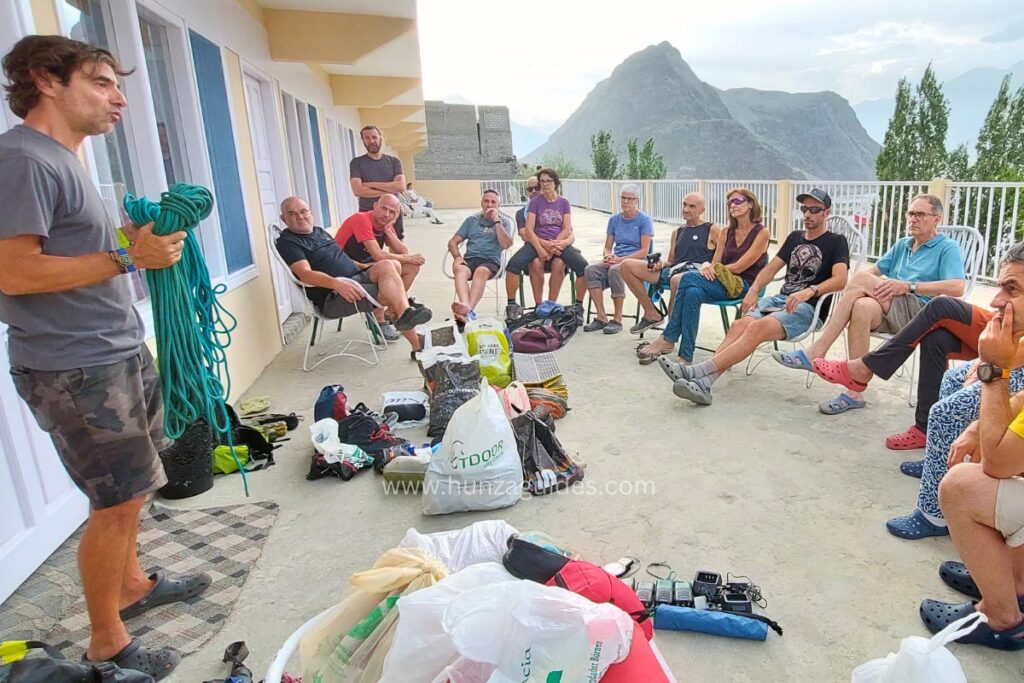
Clothing Layering and Gear Tips
Layering Strategy
Embrace the layering technique with moisture-wicking base layers (e.g., Capilene or Merino Wool) to regulate body temperature effectively. Add insulating layers such as fleece or down jackets, complemented by waterproof outer shells to shield yourself from the elements.
Footwear Selection
Choose well-fitting hiking boots tailored to withstand the rugged terrain of the Karakoram. Consider investing in micro-spikes for traversing icy surfaces, ensuring optimal traction and stability.
Sleeping Bag Choice
Opt for a high-quality sleeping bag rated for sub-zero temperatures to ensure a restful night’s sleep amidst the mountainous terrain. Consider bringing a travel pillow for added comfort and support.
Trekking Gear you can buy in Skardu
Don’t Have All the Gear You Need?
If you’re missing items from your K2 Base Camp packing list, Skardu is an excellent place to buy good quality, inexpensive gear. However, we do not recommend purchasing hiking shoes in Skardu before your trek. Breaking in your shoes beforehand is crucial—nothing dampens a trek faster than sore, blistered feet!
Shopping for Trekking Gear in Skardu
Skardu is a great destination for new trekking gear and equipment. The mountaineering community in the Gilgit-Baltistan region ensures you can find virtually everything you need for the trek at reasonable prices. However, be cautious of low-cost knockoffs.
Tips for Buying Gear in Skardu:
- Zippers: Ensure they work smoothly and are of sturdy construction.
- Stitching: Check that it is high quality, even, and not separating.
- Packs: Pay particular attention to where the straps attach, ensuring they are well-stitched and strong.
If you’re looking for brand-name gear or top-quality items, Skardu might not have what you need. But if you’re aiming to save money and still get good quality equipment, it’s a fantastic option.
Contact Hunza Guides Pakistan
With these tips and the right preparation, you’re all set for an incredible journey to K2 Base Camp. Contact Hunza Guides Pakistan to start planning your adventure today!

